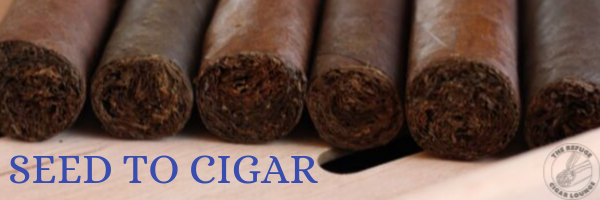Now that we have our tobacco plants happily soaking up the sun and maturing, let’s talk a little more about the plant itself. To keep things simple, we’ll stick with the three basic leaves on a tobacco plant: Volado, Seco, and Ligero. Volado leaves grow on the very bottom of the plant and have the mildest flavor. Seco leaves grow in the middle portion and have a medium flavor. Seco leaves are also the biggest portion of the plant. And Ligero, you guessed it, grows on the top of the plant and has the strongest flavor. Although Ligero has the strongest texture and taste, Seco leaves actually have the greatest concentration of flavor. All three leaves are used in specific combinations to create cigars. A cigar with more Ligero leaves will be stronger in flavor than one with more Volado leaves.
During the first harvest, or priming, two to four leaves are taken off each plant. The leaves at the bottom of the plant are primed first as they mature the fastest, and this also allows more of the strength to travel to the upper leaves over time. By the end of the growing season (usually January), the plants will have been primed up to six times and each plant will yield approximately 14-18 leaves that are suitable for cigar making.
Occasionally, there can be a second planting in December. This increases the season to March-April and is called a bumper crop. But Mother Nature doesn’t always play nice with the second planting.
Next week we’ll talk about the risks of tobacco growing and what can go very wrong in a hurry. Stay tuned!

